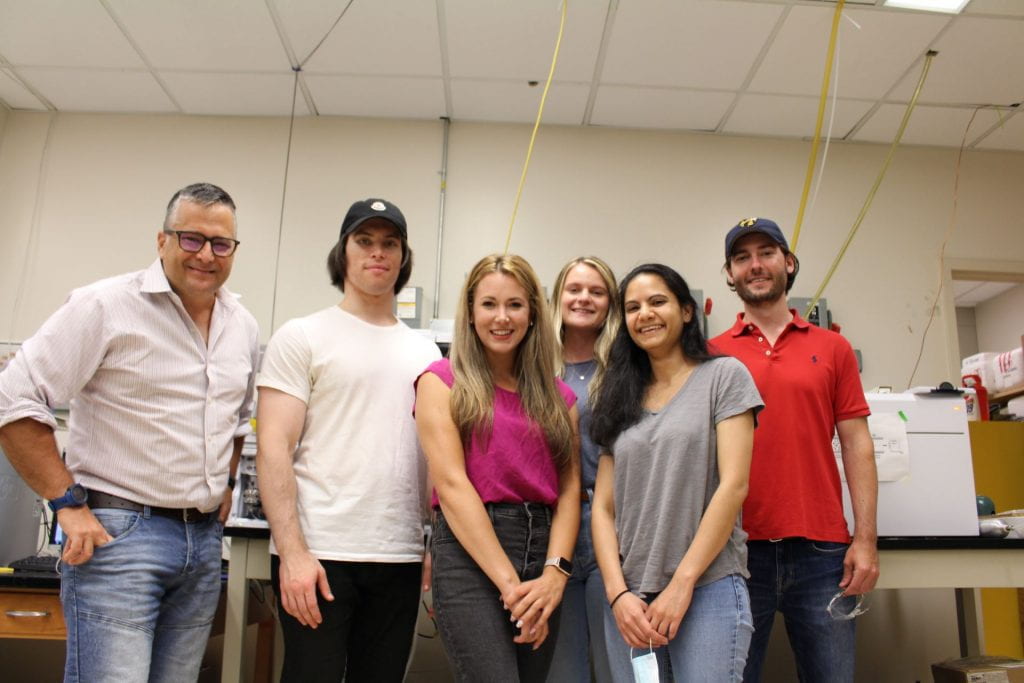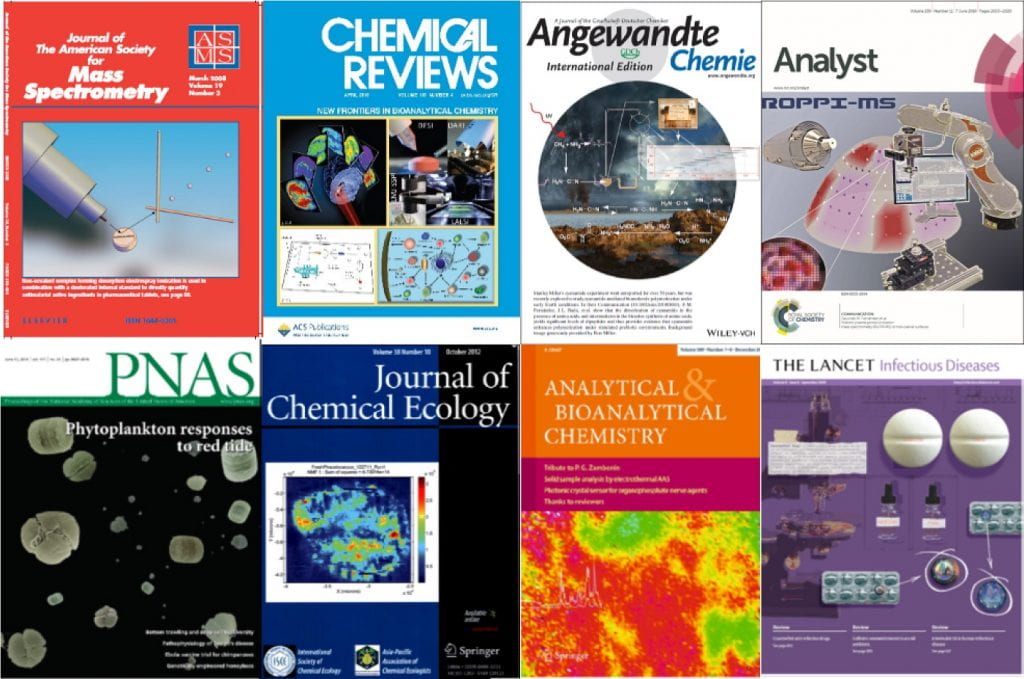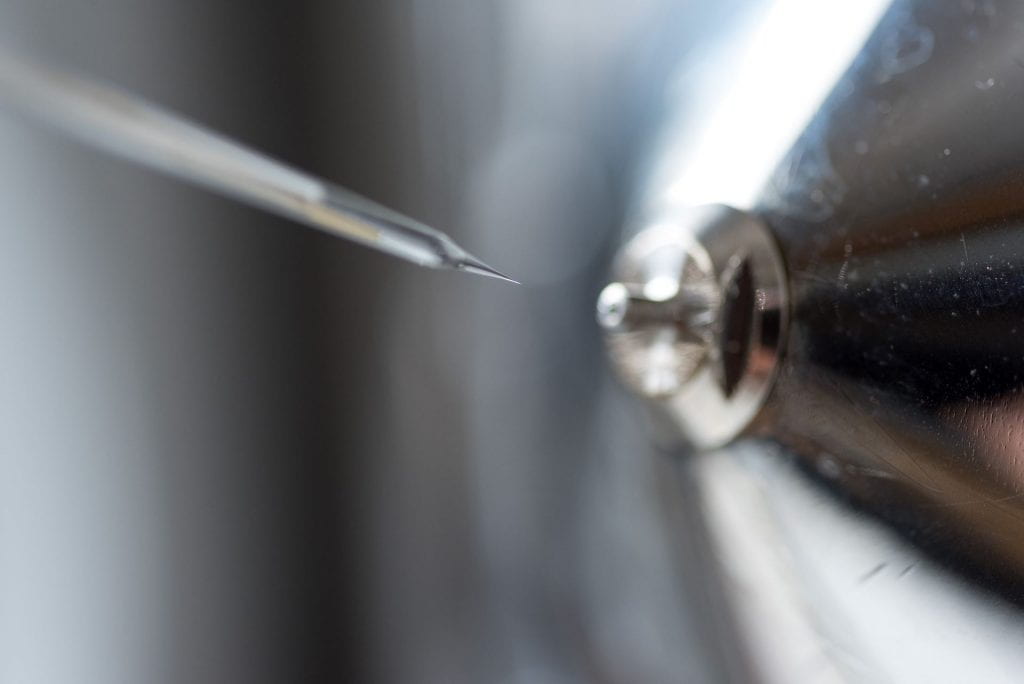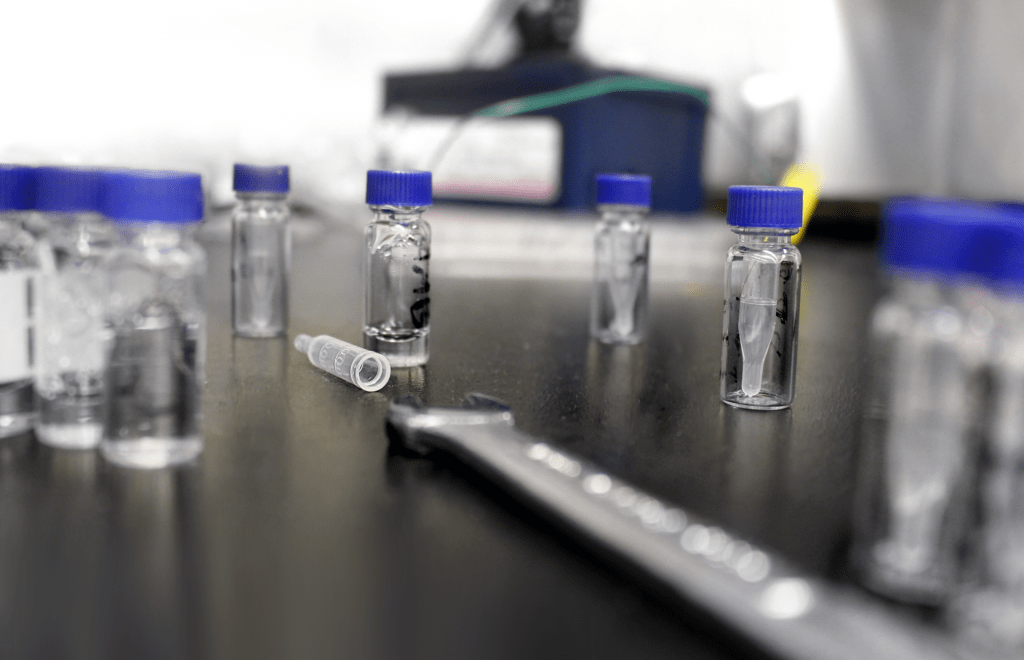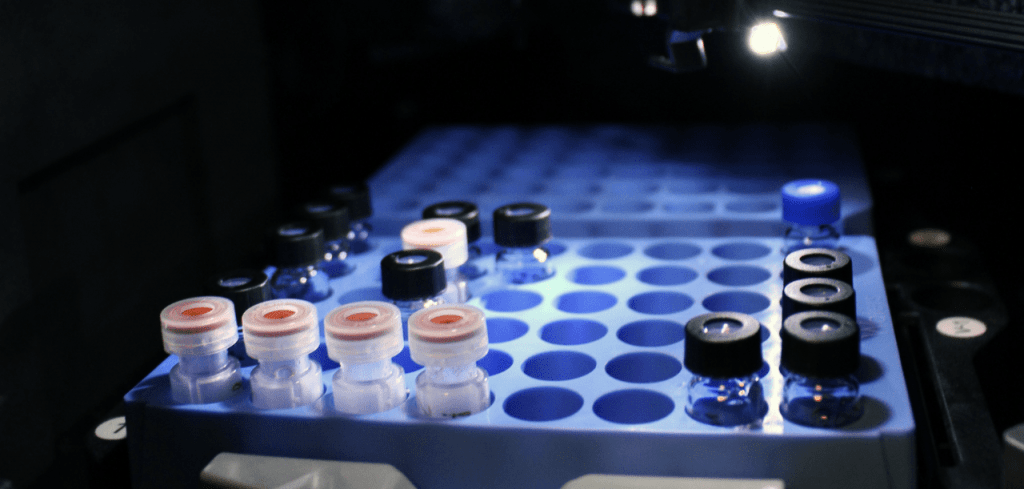
About Us
The Fernández group was established in 2004 at the Georgia Institute of Technology. Since then the group has expanded its fields of interest to include: Bioanalytical mass spectrometry, metabolomics, bioinformatics, ambient mass spectrometry, multidimensional analytical instrumentation development, ion mobility mass spectrometry, and imaging mass spectrometry.
Recent News:
- The Fernandez lab welcomes two new instruments!
 The proud new owners of the Waters Select Series Cyclic IM-MS and… Read more: The Fernandez lab welcomes two new instruments!
The proud new owners of the Waters Select Series Cyclic IM-MS and… Read more: The Fernandez lab welcomes two new instruments! - Check out our newest pre-print publication!
 This pre-print work lead by Dmitry Leontyev entitled “Ultrahigh Resolution Mass Spectrometry… Read more: Check out our newest pre-print publication!
This pre-print work lead by Dmitry Leontyev entitled “Ultrahigh Resolution Mass Spectrometry… Read more: Check out our newest pre-print publication! - Check out our newest publication!
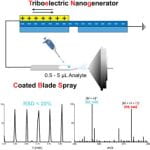 This work lead by Xin Ma entitled “Triboelectric nanogenerator-coated blade spray mass… Read more: Check out our newest publication!
This work lead by Xin Ma entitled “Triboelectric nanogenerator-coated blade spray mass… Read more: Check out our newest publication! - Check out our newest publication!
 This collaborative work entitled “Divergent Skeletal Muscle Metabolomic Signatures of Different Exercise… Read more: Check out our newest publication!
This collaborative work entitled “Divergent Skeletal Muscle Metabolomic Signatures of Different Exercise… Read more: Check out our newest publication! - Congratulations Emily on a successful masters dissertation and Goodbye Francesc!
 Emily Phillips is the newest minted masters degree from the Fernandez group!… Read more: Congratulations Emily on a successful masters dissertation and Goodbye Francesc!
Emily Phillips is the newest minted masters degree from the Fernandez group!… Read more: Congratulations Emily on a successful masters dissertation and Goodbye Francesc! - Congratulations to Alex for being awarded a the Lake Louise travel award for the 2023 Tandem MS Workshop!
 Congratulations to Alex for being awarded a travel award to participate in… Read more: Congratulations to Alex for being awarded a the Lake Louise travel award for the 2023 Tandem MS Workshop!
Congratulations to Alex for being awarded a travel award to participate in… Read more: Congratulations to Alex for being awarded a the Lake Louise travel award for the 2023 Tandem MS Workshop!
The Group in Photos
Contact us.
We’d love to hear from you and discuss our research. Drop us a line and we’ll get back to you as soon as we can!
Georgia Institute of Technology
School of Chemistry and Biochemistry
ES&T L1244
901 Atlantic Drive Atlanta, GA 30332
Phone: (404) 385-4432
Fax: (404) 894-7452


